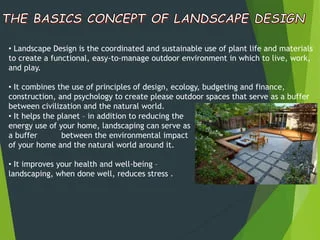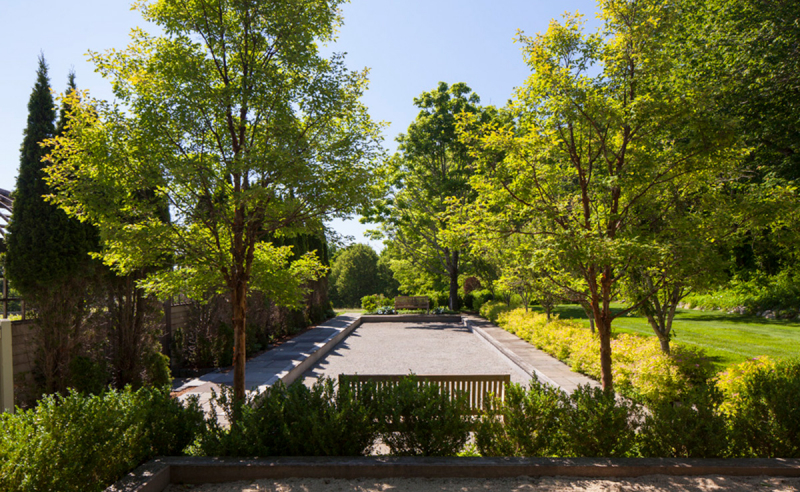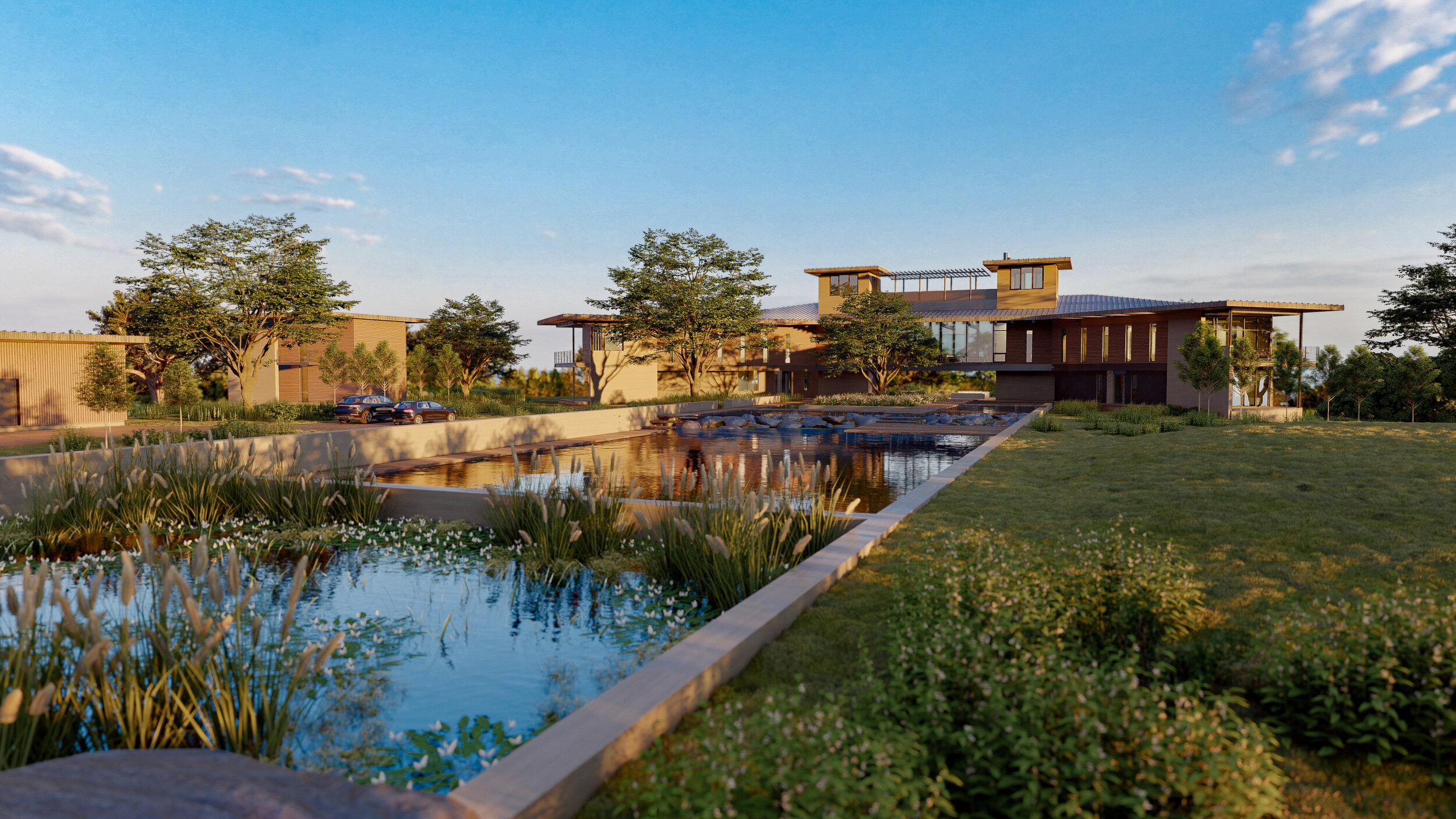The Definitive Guide for Landscape Design
The five actions of the style process consist of: 1) conducting a site supply and evaluation, 2) establishing your requirements, 3) producing functional layouts, 4) developing theoretical style plans, and 5) drawing a final design plan. The first three steps develop the visual, practical, and horticultural needs for the design. The last 2 actions after that use those needs to the creation of the last landscape strategy.
This is a crucial action for both plant choice and positioning and situating household activities and features. It is very important due to the fact that the exact same environment problems that impact the plantstemperature, humidity, rainfall, wind, and sunlightalso affect you, the customer. The next action is to make a listing of your requirements and desiresthis helps you identify how your lawn and landscape will be made use of.
The practical diagram is then used to locate the task spaces on the website and from this layout a theoretical strategy is developed. The last step is a last design that consists of all the hardscape and growing details that are essential for installation. Throughout the design process there are 10 crucial things to consider: for plant selection and task location by considering what you desire and need to aid figure out forms and organize spaces by designating task areas and relating to components for both the setting and the individual by utilizing massing and layering techniques such as shift locations and prime focus in the products, the colors, and the surface textures for the growth and upkeep of plants by using sustainable style practices A comprehensive supply and evaluation of the site is necessary to determine the ecological problems for plant growth and the very best use the website.
6 Simple Techniques For Landscape Design
The type of soil figures out the nutrients and wetness offered to the plants. It is constantly best to make use of plants that will grow in the existing dirt. Although soil can be changed, modification is typically pricey and a lot of times inadequate. Existing plants can provide ideas to the dirt type. Where plants expand well, keep in mind the dirt problems and use plants with similar growing needs.

Sun/shade patterns, the quantity and length of direct exposure to sunlight or shade (Figure 1), develop microclimates (sometimes called microhabitats) - Landscape Design. Recording site problems and existing plant life on a base map will disclose the location of microclimates in the backyard. Plants generally come under 1 or 2 of four microclimate categories-full sun, partial color, color, and deep color
The Best Strategy To Use For Landscape Design
Figure 1. Sun and shade patterns. Credit Score: Gail Hansen, UF/IFAS It is important to keep in mind all the status quo on a precise base map when doing the site supply (Figure 2). Energies such as high-voltage line, septic tanks, underground energies and roofing overhangs establish plant place. Utilize a property surveyor's plat of your residential or commercial property for the limits and location of your home.


Budget plan problems consist of the products, initial installation expenses and the on-going upkeep expenses. Identify the time and cash you want to take into preserving the plants and hardscape-be practical regarding your intentions and capacity. the original source Number 3. Current use areas. Debt: Gail Hansen, UF/IFAS Figure 4. Suggested use locations. look at this website Credit History: Gail Hansen, UF/IFAS There are several landscape design themes- from basic to complex, however it is useful to choose one to direct your plant and product choice.
Many people locate it helpful to look in horticulture publications and publications for concepts. This is a great start, but realize that the yards in the pictures were selected since they are outstanding examples. Consider the images with a critical eye to collect concepts that you can adjust to your enthusiasm degree, your budget plan and your site.
Decide if you desire to open your yard, close your yard, or a little of both, to these sights (Landscape Design). Simply put, do you want the garden to confine the room around you and relate mostly to the residence, or do you want the garden to open views and look outside, associating with the environments? This will certainly provide you a starting indicate think of a style
Landscape Design for Dummies
This is called "local color", which implies it fits with the surroundings. There are both form themes and design motifs. Every garden must have a type style, however not all yards have a design motif. In fact, many property gardens have no certain style except to mix with your home by repeating information from the architecture such as materials, color, and kind.
In a form theme the organization and shape of the spaces in the lawn is based either on the form of your house, the form of the areas in between your home and the residential property Check This Out limits, or a favored shape of the house owner. The type motif figures out the shape and company (the layout) of the spaces and the web links in between them.

Comments on “The Buzz on Landscape Design”